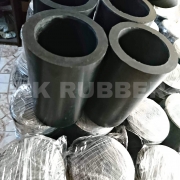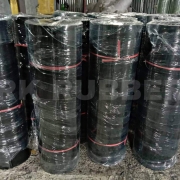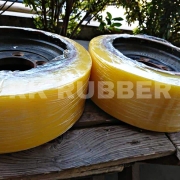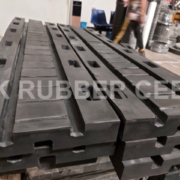RK Rubber Cebu is a premier supplier of rubber tubing seals in Cebu City, specializing in high-quality products for diverse industrial and commercial applications. Their offerings feature enhanced flexibility, temperature resistance, and superior chemical stability, ensuring reliability across automotive, medical, food processing, and agricultural sectors. With a strong emphasis on sustainable materials and innovative manufacturing techniques, RK Rubber Cebu meets the evolving demands of local and global markets. Customization options further address specific operational requirements, promoting optimal performance. Explore the advantages and additional features that set RK Rubber Cebu apart in the supply of rubber tubing seals.
Key Points
- RK Rubber Cebu specializes in providing high-quality rubber tubing seals tailored for various industrial applications, ensuring optimal performance.
- They offer customization options for sizes, materials, and colors to meet specific client requirements in Cebu City.
- The company utilizes eco-friendly materials, contributing to sustainable practices while maintaining product durability and reliability.
- RK Rubber Cebu’s advanced manufacturing technologies ensure compliance with industry standards for safety and quality.
- Their established reputation for customer satisfaction and innovation makes them a trusted supplier in the local market.
Overview of Rubber Tubing
Rubber tubing is increasingly recognized for its versatility and effectiveness in a wide range of industrial and commercial applications. Recent rubber tubing innovations have led to significant advancements in materials and manufacturing processes, enhancing performance characteristics such as flexibility, temperature resistance, and chemical stability. These improvements not only contribute to the durability of rubber tubing but also align with market trends emphasizing environmental sustainability.
In response to growing demand for eco-friendly materials, manufacturers are exploring sustainable sourcing and production techniques, thereby reducing the environmental impact of rubber tubing. Additionally, supplier partnerships have become crucial in ensuring that businesses can access high-quality products that meet specific industry standards.
Customization options further enhance the appeal of rubber tubing, allowing businesses to tailor solutions for unique operational requirements. This adaptability is particularly important across diverse sectors, including automotive, medical, and food processing, where specific attributes such as size, shape, and material composition can significantly influence performance. Overall, the robust nature of rubber tubing, coupled with its innovations and customization capabilities, secures its place as a vital component in contemporary industrial applications.
Benefits of Rubber Tubing
There are numerous advantages associated with the use of rubber tubing in various industrial applications. Its unique properties make it a preferred choice in many sectors, ensuring operational efficiency, durability, and safety. Key benefits include:
- Flexibility: The inherent flexibility of rubber tubing allows it to adapt to tight spaces and complex configurations, making it suitable for intricate systems.
- Chemical Resistance: Rubber tubing exhibits exceptional resistance to a wide range of chemicals, ensuring longevity and reliability in demanding environments.
- Customization: With a focus on custom rubber solutions, manufacturers can tailor tubing specifications to meet specific requirements, enhancing versatility across applications.
The tubing manufacturing processes contribute significantly to the overall quality, as material composition analysis is vital to ensuring optimal performance. Additionally, understanding the environmental impact of rubber products is increasingly important, prompting manufacturers to seek sustainable practices. A tubing certifications overview can further assure users of compliance with industry standards, confirming that the products meet necessary safety and quality benchmarks. Prioritizing high-quality rubber tubing ultimately leads to reduced downtime and enhanced efficiency in various applications.
Applications in Various Industries
Rubber tubing serves critical functions across multiple industries, including automotive, medical, food processing, and agriculture. In the automotive sector, it facilitates fluid transfer and cooling, while in healthcare, it is vital for medical equipment applications. Additionally, its use in food processing ensures safe conveyance of consumables, and in agriculture, it plays a key role in irrigation systems, demonstrating the material’s versatility and essential contributions to operational efficiency.
Automotive Applications Overview
Frequently utilized in the automotive industry, rubber tubing serves critical functions in various vehicle systems. Its ability to convey automotive fluid efficiently is essential for maintaining optimal engine performance and coolant efficiency. The inherent rubber durability and tubing flexibility make it an ideal choice for applications that require resilience under pressure and temperature fluctuations.
Key applications of rubber tubing in automotive settings include:
- Cooling Systems: Essential for transporting coolant fluid between the engine and radiator, ensuring temperature regulation.
- Fuel Delivery: Used in fuel lines to safely transfer fuel to the engine, supporting efficient combustion and performance.
- Air Intake: Facilitates the movement of air into the engine, critical for proper mixing with fuel.
The versatility of rubber tubing allows it to adapt to complex configurations within vehicles, which is crucial for modern automotive design. The combination of durable materials and flexible designs enhances the overall reliability and efficiency of vehicle systems, ultimately contributing to improved automotive performance and longevity.
Medical Equipment Utilization
How does rubber tubing enhance the functionality of medical equipment? Rubber tubing is integral to the medical industry, facilitating fluid transfer in devices such as IV lines, respiratory equipment, and dialysis machines. Compliance with medical device standards is paramount, ensuring that the materials used are safe and effective for patient care. Innovative tubing designs, such as those incorporating antimicrobial properties, offer enhanced protection against contamination, addressing patient safety considerations.
Moreover, tubing sterilization methods, including autoclaving and gamma irradiation, are critical to maintaining hygiene in medical environments. These methods ensure that rubber tubing can withstand rigorous cleaning processes without compromising integrity. However, manufacturers face regulatory compliance challenges as they navigate stringent guidelines to meet both safety and performance criteria.
The versatility of rubber tubing allows for customization to meet specific application needs, ensuring optimal performance in various medical settings. As the healthcare industry evolves, the demand for high-quality, reliable tubing solutions will continue to grow, driving advancements in material science and design. The integration of these innovative solutions significantly contributes to improved patient outcomes and operational efficiency in healthcare facilities.
Food Processing Solutions
In the food processing industry, rubber tubing plays a critical role in facilitating the safe and efficient transfer of liquids and gases. The integrity of the supply chain relies heavily on the performance of these materials, which must meet stringent quality assurance standards and regulatory compliance requirements. As market trends shift towards sustainability, there is a growing demand for eco-friendly materials that do not compromise on durability or performance.
Key applications of rubber tubing in food processing include:
- Liquid Transfer: Essential for transporting beverages, oils, and other consumables without contamination.
- Temperature Control: Suitable for high-temperature applications, ensuring the integrity of food products during processing.
- Flexible Connections: Allows for seamless integration within complex machinery, enhancing operational efficiency.
Choosing the right rubber tubing is critical, as it impacts not only product quality but also the overall efficiency of food production systems. Suppliers must prioritize high-quality materials to minimize risks associated with system failures, thereby supporting a robust and resilient food processing operation. As the industry embraces innovative solutions, the focus on reliable, compliant, and sustainable tubing options will continue to evolve.
Agricultural Irrigation Systems
Rubber tubing plays a significant role in agricultural irrigation systems, facilitating efficient water supply and nutrient transfer in farming operations. Its versatility and durability meet the tubing specifications necessary for diverse agricultural applications, enhancing irrigation efficiency. The use of rubber tubing in drip and sprinkler systems allows for precise water distribution, minimizing waste and promoting water conservation.
Incorporating advanced agricultural technology, rubber tubing supports sustainable practices by enabling farmers to optimize their water usage while ensuring crops receive adequate hydration and nutrients. The flexibility of rubber ensures easy installation around obstacles, catering to varied field layouts and conditions. As a result, it contributes to the effective implementation of irrigation solutions tailored to specific agricultural needs.
High-quality rubber tubing withstands harsh environmental conditions, ensuring longevity and reliability in irrigation systems. This reliability is crucial for maintaining operational efficiency, preventing leaks, and reducing maintenance costs. As the demand for sustainable agricultural practices grows, the integration of quality rubber tubing in irrigation systems will continue to play a pivotal role in enhancing productivity while promoting environmental stewardship.
Maintenance Tips
Proper maintenance of rubber tubing is essential to ensure its longevity and optimal performance across various applications. Implementing effective maintenance strategies not only enhances the lifespan of the tubing but also minimizes the risk of operational failures.
To maintain rubber tubing effectively, consider the following:
- Cleaning Methods: Regularly clean tubing using appropriate solutions that do not degrade the material. Avoid harsh chemicals that may compromise compatibility.
- Installation Techniques: Ensure proper installation techniques are followed to prevent unnecessary stress on the tubing, which can lead to premature wear and tear.
- Troubleshooting Leaks: Regularly inspect for any signs of leakage or deterioration. Address leaks promptly to avoid further damage and ensure system integrity.
Additionally, always verify material compatibility with fluids and gases being conveyed to prevent degradation. Implementing these longevity strategies will enhance performance and reliability, ultimately reducing costs associated with failures and replacements. By prioritizing these maintenance practices, users can optimize the functionality of rubber tubing in their respective applications.
Regional Supply and Demand
The regional supply and demand for rubber tubing is shaped by various factors, including industrial growth, local manufacturing capabilities, and the increasing need for specialized applications. A thorough market analysis reveals that regional trends indicate a robust demand for high-quality rubber tubing across diverse sectors, particularly automotive, healthcare, and food processing.
Supply chains have evolved to enhance efficiency, with many suppliers strategically positioned to respond to local needs. This accessibility reduces lead times and shipping costs, making it advantageous for businesses reliant on timely deliveries. Consumer preferences are shifting towards eco-friendly and sustainable materials, prompting suppliers to adapt their offerings in response to this growing demand.
Pricing strategies are also influenced by fluctuations in raw material costs and competition among suppliers. As manufacturers invest in improved production technologies, the quality of rubber tubing continues to rise, aligning with market expectations. Overall, the interplay of these factors defines the regional landscape, ensuring that providers remain responsive to both current and emerging market needs while fostering economic growth in the region.
Why Choose RK Rubber Cebu
RK Rubber Cebu stands out as a premier supplier of rubber tubing solutions, catering to the diverse needs of industries such as automotive, healthcare, and food processing within the region. Our commitment to quality and innovation ensures that clients receive products that meet stringent industry standards while adapting to evolving market trends.
Key reasons to choose RK Rubber Cebu include:
- Customization Options: We offer tailored solutions, allowing clients to select tubing sizes, materials, and colors that meet specific application requirements.
- Eco-Friendly Materials: Our focus on sustainability means we provide rubber tubing made from eco-friendly materials, addressing the growing demand for environmentally responsible products.
- Manufacturing Advancements: Leveraging the latest technological advancements in manufacturing, we ensure high-quality, durable products that enhance operational efficiency.
When conducting supplier evaluation, RK Rubber Cebu’s reputation for reliability, customer satisfaction, and compliance with industry standards positions us as a trusted partner. As we navigate the future, our commitment to innovation and quality will continue to address the diverse needs of our clients while aligning with current market demands. Choose RK Rubber Cebu for your rubber tubing solutions today.
Frequently Asked Questions
What Certifications Should I Look for in Rubber Tubing Suppliers?
When evaluating rubber tubing suppliers, prioritize certifications that ensure compliance with industry standards. These certifications reflect supplier reliability, material quality, and adherence to rigorous compliance checks, ultimately safeguarding operational efficiency and product performance in demanding applications.
How Do I Determine the Right Size of Rubber Tubing Needed?
To determine the appropriate rubber tubing size, utilize a tubing size chart and measuring techniques. Consider installation tips, ensure material compatibility, and verify pressure ratings to guarantee optimal performance in your application.
Can Rubber Tubing Be Reused After Installation?
Rubber tubing can often be reused post-installation, provided it undergoes proper cleaning methods. However, performance factors, installation challenges, environmental impact, and cost considerations must be assessed to ensure reliability and functionality in subsequent applications.
What Is the Average Lifespan of Rubber Tubing?
The average lifespan of rubber tubing varies based on rubber types, applications diversity, environmental factors, and maintenance practices. Generally, high-quality rubber tubing exhibits durability, lasting several years under optimal conditions and proper usage.
Are There Specific Storage Conditions for Rubber Tubing?
Proper storage conditions for rubber tubing are essential for maintaining flexibility and chemical resistance. Store in a cool, dry environment, avoiding extreme temperature effects, while employing appropriate installation techniques to prevent deformation and ensure longevity.
Conclusion
In conclusion, rubber tubing seal suppliers in Cebu City play a crucial role in supporting industrial needs across various sectors. Their focus on high-quality materials, compliance with safety standards, and the ability to provide customized solutions significantly enhances operational efficiency. As regional supply chains evolve, the demand for durable and flexible rubber tubing will continue to grow, fostering innovation and contributing to economic development in the Mindanao region. This underscores the importance of local suppliers in meeting industry requirements.
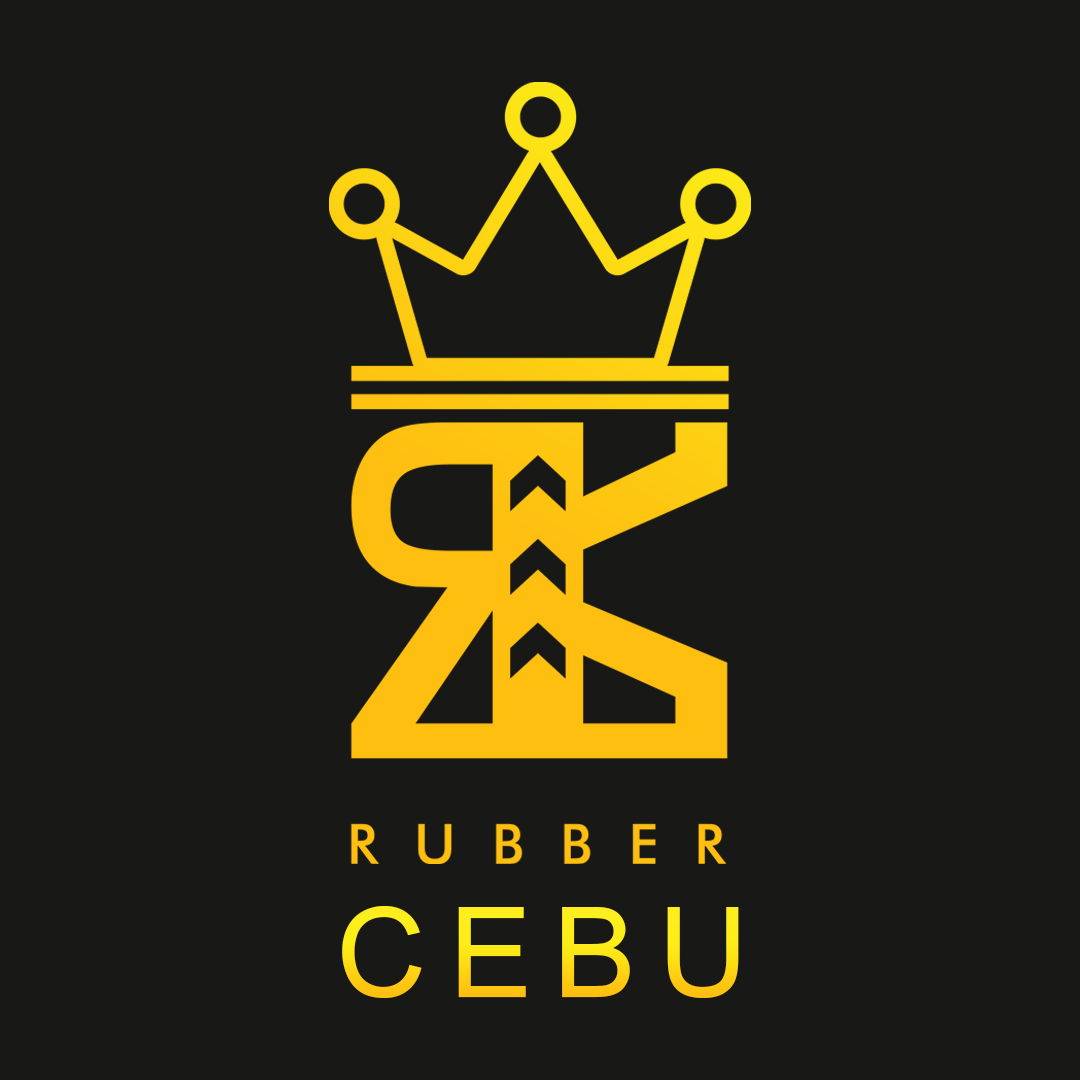
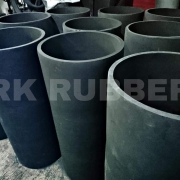
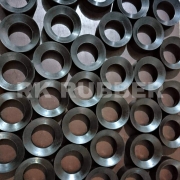

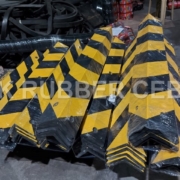
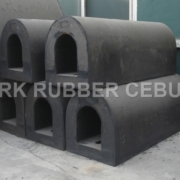
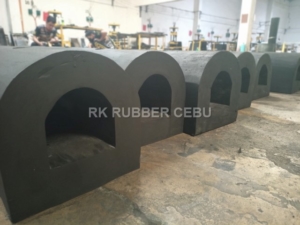 The rubber dock fender is a rubber bumper made explicitly for maximum protection of the ports, loading areas, trucks, and vessels. Strong
The rubber dock fender is a rubber bumper made explicitly for maximum protection of the ports, loading areas, trucks, and vessels. Strong 